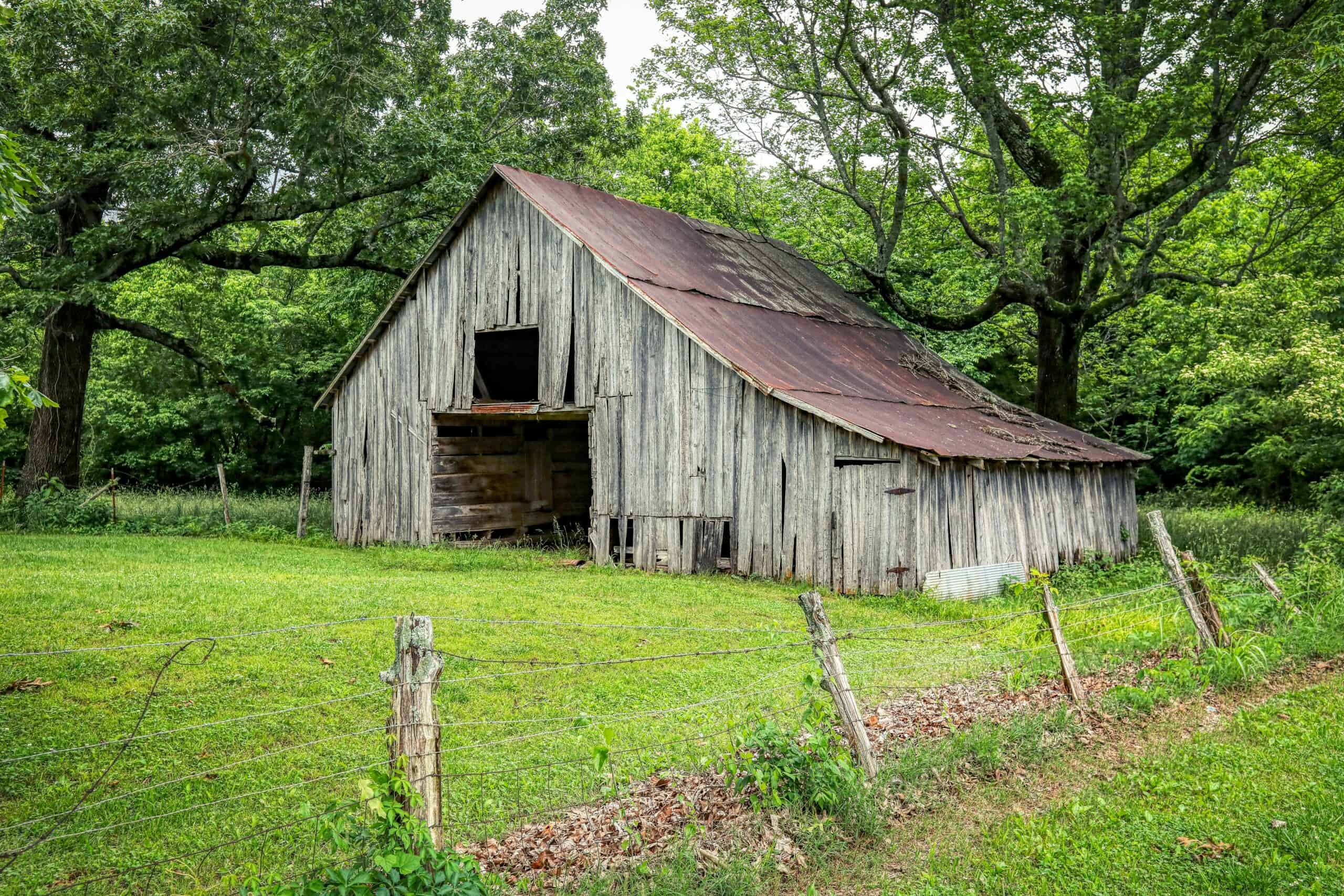Class Q and Class R – Changes to Permitted Development Rights
Published: 07.05.24
Significant changes were published last week to Class Q and Class R of Part 3, Schedule 2 of the General Permitted Development Order (GPDO). Class Q grants permitted development rights for the conversion of buildings in ‘agricultural units’ into dwellings, and Class R for the conversion of agricultural buildings into various commercial uses. The changes come into effect 21 May 2024.
Here are the links to the updated legislation:
Class Q – Agricultural units to Dwellings
Previously, Class Q allowed for the conversion of ‘agricultural’ buildings to dwellinghouses, along with operational development ‘reasonably necessary’ to carry out that conversion. That operational development was not allowed to extend the existing building envelope in any way. In practice this meant, for example, cladding could not be added to breezeblock walls.
5 dwellings were allowed in total, which could only include up to 3 ‘larger’ dwellings (those bigger than 100m2).
The changes now made include:
- Buildings don’t necessarily need to be ‘agricultural’ to change use – just located on an ‘agricultural unit’. This opens up the possibility that, for example, equestrian or commercial storage or mixed use buildings within agricultural units could now be converted. Buildings on sites solely in equestrian or commercial use would still be excluded.
- The time stamp has jumped forward by more than 10 years – buildings now need only to have been part of an agricultural unit since 24 July 2023, or if no longer part of one, not used for any non-agricultural purpose since that date.
- The complicated ‘smaller’ and ‘larger’ dwellings floor limits have been done away with. You can now create up to 10 dwellings with a combined maximum of 1000m2, with each individual dwelling capped at 150m2. Whilst the overall cap is increased, it does mean that the larger dwellings which could previously be created (up to a maximum of 465m2) are not now achievable.
- You can now extend to the rear onto existing hardstanding which has been in situ since 24 July 2023. Extensions can only be single storey, to a maximum depth and height of 4m. They cannot extend beyond a side or front elevation.
- You can also extend the external envelope to carry out reasonably necessary operations – meaning cladding can be added.
- A previous grey area has been cleared up; it is now specified that buildings without an existing ‘suitable access’ cannot be converted under Class Q.
Unfortunately, previous restrictions, which prevent buildings in AONBs, National Parks etc. from benefitting from Class Q, remain for now.
Overall, these are some juicy changes which will be exciting to people whose barns previously did not benefit from Class Q, such as stables on farms, as well as those who have maxed out the previous 5 dwelling allowance.
Class R – Agricultural units to commercial
The changes to Class R, which previously allowed for the change of use of an agricultural building to a maximum of 500m2 of Class E (commercial), B8 (storage and distribution) or C1 (hotel) use, are much more limited:
- The floor space limited has been doubled to 1000m2.
- The use classes the buildings can change to now include B2 (general industrial), where this is for processing raw goods (excluding livestock) and ancillary goods which are produced and to be sold on site.
- Buildings can also change under Class R to be used for providing agricultural training.
Unlike the updated Class Q, the building itself must have been in agricultural use, the time stamp (3 July 2012) has not been brought forward, and only the change of use itself is permitted. This means accompanying operational development to deliver the change of use must still be secured via a separate planning application, and the type of buildings which can benefit has not been expanded.
Still, these are useful changes which add further flexibility for agricultural buildings, and again where the previous 500m2 allowance may have been used up.
Look out for our updated Insight Hub Guide setting out everything you need to know about these permitted development rights.


